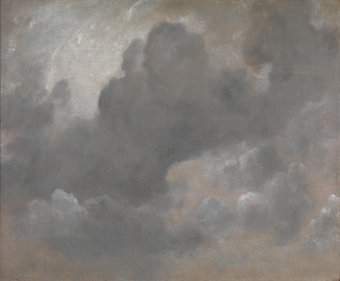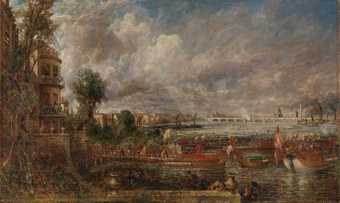Learn how Constable, Turner’s contemporary, was inspired by the landscape of south-east England
John Constable took a long time to achieve recognition. While his work was just as radical as Turner’s, it shows none of the latter’s constant searching for new subjects. He admired earlier Dutch painters as ‘a stay-at-home people, hence their originality’, and never travelled abroad. His work was located in familiar territory beginning with his native Stour Valley, between Suffolk and Essex.
Constable based his art on study from nature, making drawings and oil sketches outdoors and even sometimes working on pictures before the motif. This was to improve his ‘finishing’, which critics thought lacking. His subjects were chosen for personal meanings or associations. Even early pictures are imbued with sentiment and memory. Nostalgia dominated his later work, reflecting his faith in the continuity of rural life in an age of change.
Constable staked his later reputation on large six foot paintings of landscape – the 'six footers'. On a grander scale, with bolder technique and echoes of earlier masters – Titian, Claude Lorrain and Rubens – these bring his mature work closer to Turner’s in ambition. Both artists found their subjects and themes in English scenery of which both aspired to create a definitive view.
Tate Britain


